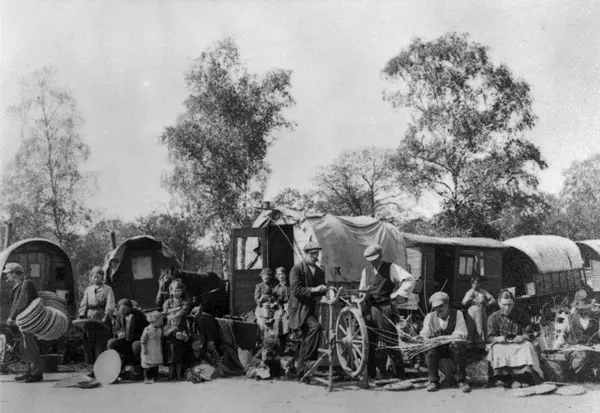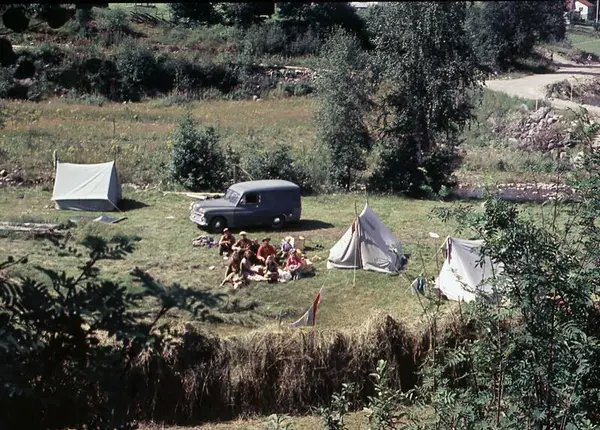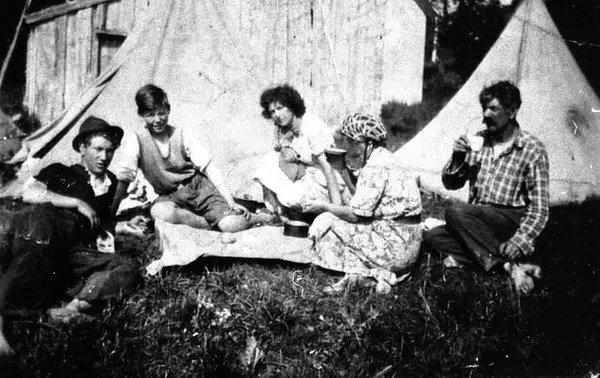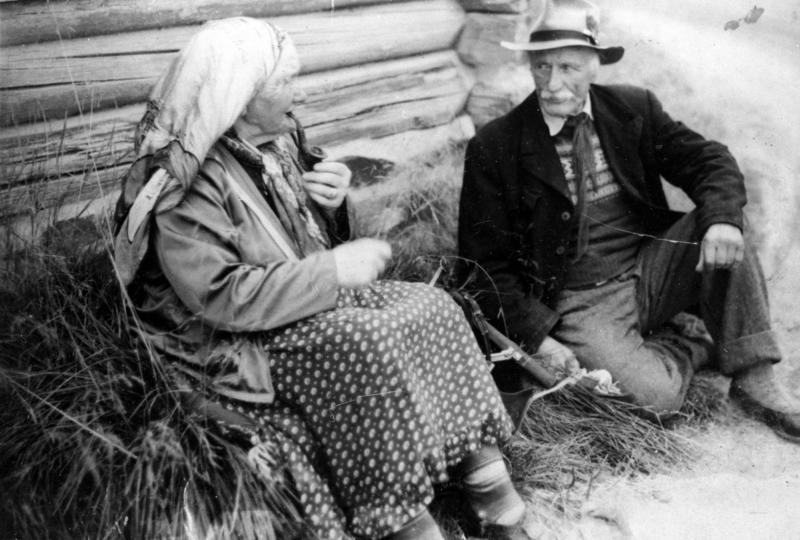In a book written in 1850 titled "Fantefolket" (“The Tramp People”), Eilert Sundt argued that what he called the "tramp people" could be traced back to two waves of immigration. The first group, in the sixteenth century, consisted of Gypsies; the second group, in the seventeenth century, comprised European vagabonds and craftsmen.
The first wave of immigration created what he called the "real" Tater people, the great migrations; the second created a group that he called "rogues" or small migrations.
Sundt believed that the two groups had different personality traits. Because of their "gypsy heritage", the “real” Tater people had a personality with an "untamed savagery" that led them astray and made it difficult for them to get used to a settled life. The small migrations, on the other hand, were people of a less alien breed, as they were of both European and Norwegian ancestry.
Sundt believed that both groups were members of the tramp people, who also consisted of individuals from the Norwegian population who had joined these immigrants (Sundt 1850, Winge 1995, Minken 2009).
Sundt's view of the Tater people as being descendants of the first Gypsies who came to Norway was dominant for a long time, but at the end of the 1940s it was criticized by, among others, the theologian Kaspar Flekstad. Flekstad believed that it was important to refute that the Norwegian "vagrants" had a "gypsy heritage" because those without such an inheritance would be easier to settle.
In the interwar period, ethnic origin became part of a racial hygiene mindset. This can be seen, for example, in Johan Scharffenberg's analysis of criminal behaviour, which was based on material obtained from prisoners at Botsfengselet.





